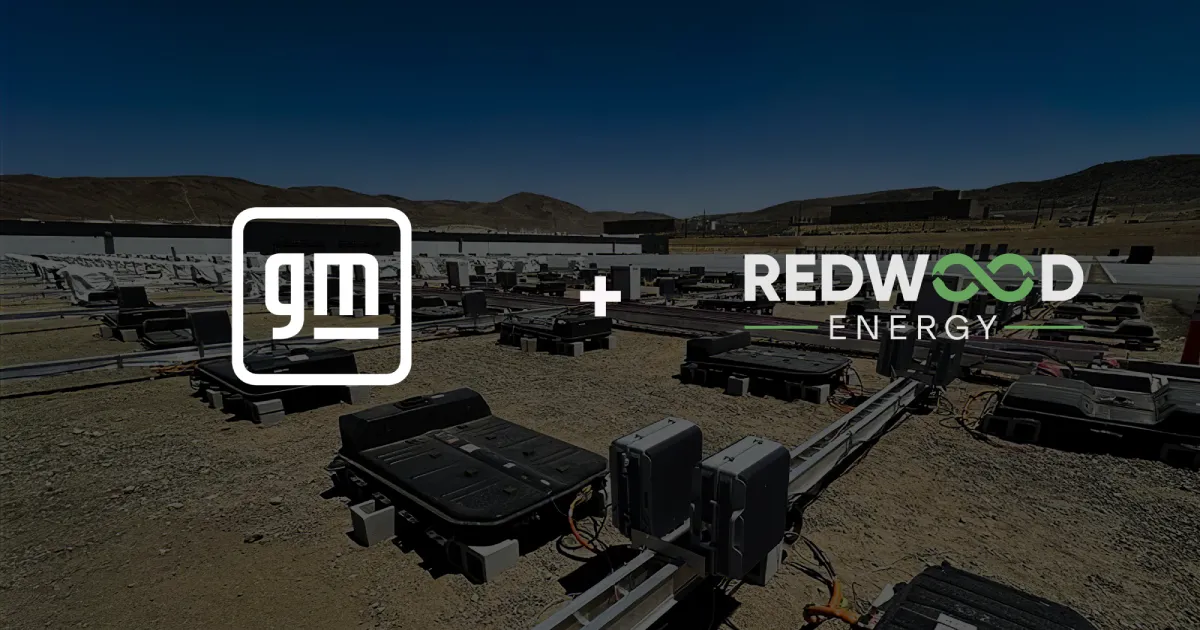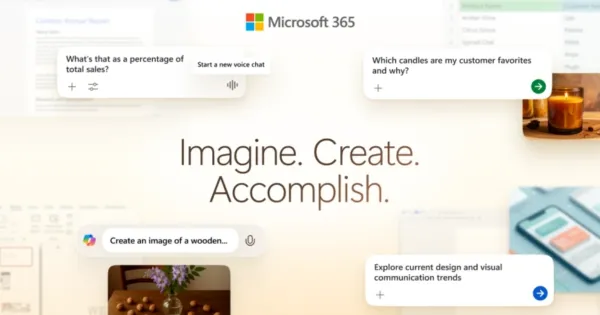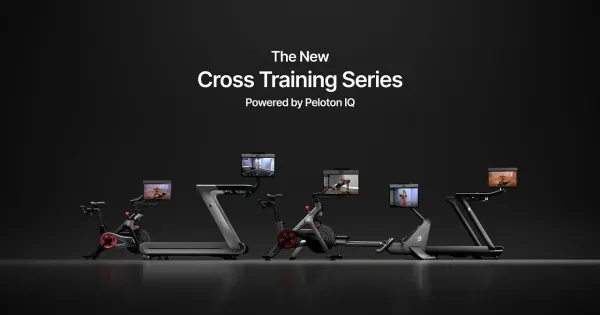GM partners with Redwood to power data centers with EV batteries

General Motors (GM) is deepening its partnership with battery recycling innovator Redwood Materials in a move that highlights the growing second life of electric vehicle (EV) batteries. The companies announced that both new and used GM EV battery packs are now being sent to Redwood, where they’re repurposed into stationary energy storage systems instead of being dismantled for raw materials.
This collaboration is already bearing fruit. Batteries from GM have been integrated into a 12-megawatt microgrid at Redwood’s Sparks, Nevada, headquarters. That system now helps power a nearby high-performance data center run by Crusoe, a computing company operating 2,000 GPUs on renewable energy.
The initiative is part of Redwood’s recently launched energy storage division, which publicly debuted in June. This division is focused on giving EV batteries a second life in grid-scale applications—an increasingly important sector as demand for renewable energy storage continues to climb.
Rather than recycling materials from the battery packs immediately, Redwood has found that many of the cells arriving at its facilities still hold considerable usable capacity. When that’s the case, the company keeps the battery modules intact and links them together into large-scale storage systems. These setups can store excess energy generated from intermittent sources like solar and wind and release it during peak demand.
For the Crusoe microgrid project, the reused batteries are fed entirely by solar energy, underscoring their potential role in supporting cleaner and more resilient power infrastructure.
“This has the potential to grow faster than the core recycling business,” said JB Straubel, Redwood’s co-founder and CEO. The company already recovers roughly 70% of all used or discarded lithium-ion batteries in the U.S., and it aims to deploy 20 gigawatt-hours of stationary storage capacity by 2028.
Redwood is not alone in eyeing this emerging market, but its ability to integrate battery packs from multiple manufacturers and chemistries could give it a significant competitive advantage. Unlike traditional recycling, which breaks batteries down to extract materials, this model adds value by extending battery lifespan before they are ultimately recycled.
GM’s willingness to contribute not just used batteries but new ones as well marks a strategic move. It provides the automaker a way to manage fluctuations in EV demand, which fell 6.3% in the second quarter of 2025 according to Cox Automotive. With tax credits set to phase out by September 30, the company appears to be hedging against future market volatility by putting batteries to work in other sectors.
Meanwhile, the energy storage industry continues on a steady growth trajectory. In the first quarter of 2025, new storage installations rose 57% year-over-year — a record-setting pace that reflects the increasing role of energy storage in supporting the clean energy transition.
As both the EV and energy sectors evolve, partnerships like the one between GM and Redwood highlight a key shift: batteries are no longer just for the road — they're becoming integral components of our grid infrastructure.





